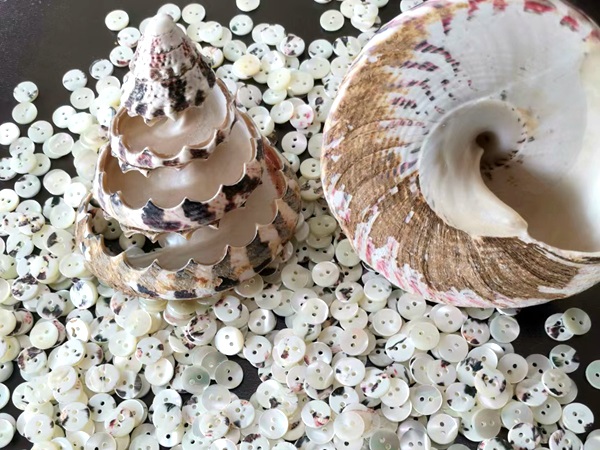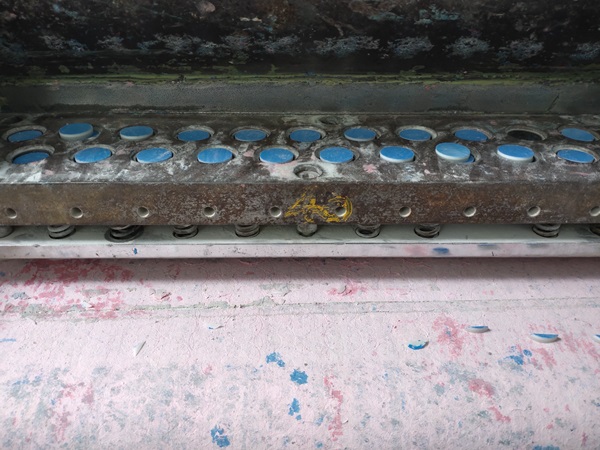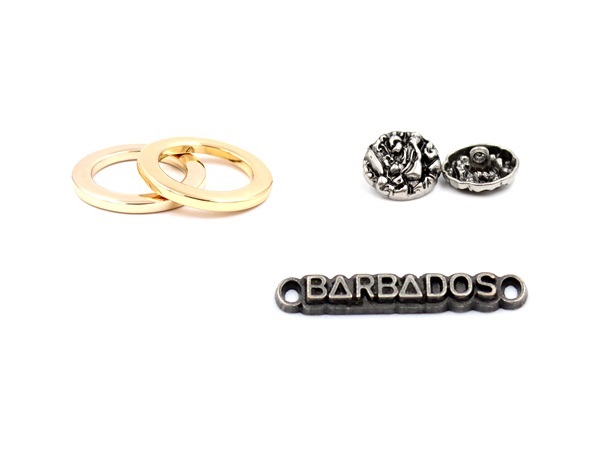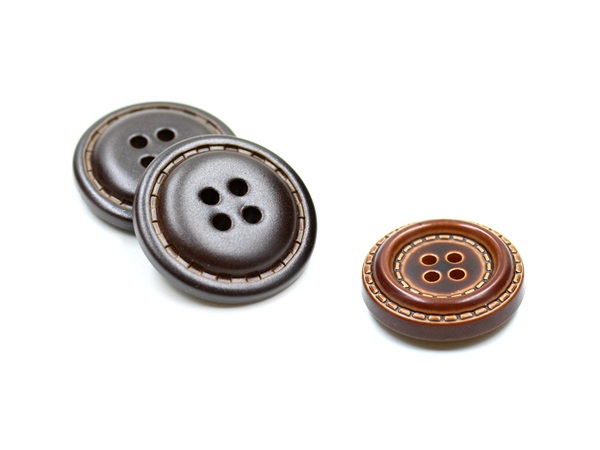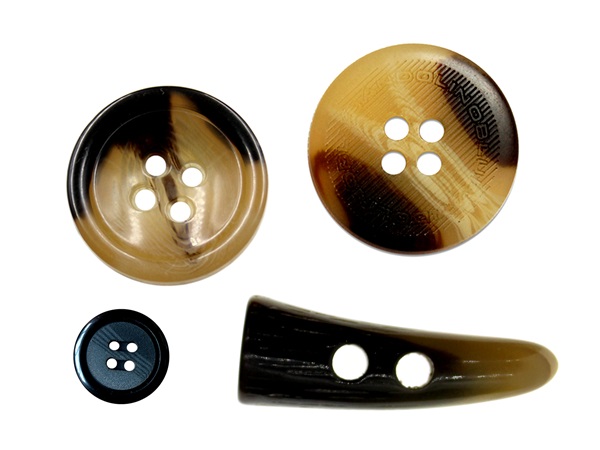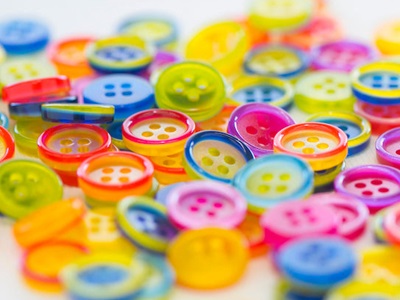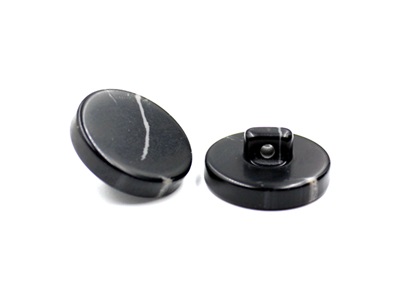What are the different materials of clothing buttons?
In our daily use of buttons, materials can be roughly divided into three types: plastic (resin, plastic), metal buttons (copper, iron, stainless steel, alloy), natural (real shell, wood, coconut shell, horn, corozo). Each different material needs to be processed into buttons by a different process. But some buttons processing molding, only from the appearance is difficult to judge its material. How do we distinguish these different button materials when we actually use them?
In plastic buttons, it is divided into plastic buttons and resin buttons. Plastic buttons are usually die cast, so there is a line at the edge of the button. This line is also called die closing line. Some factories will remove this line through technological treatment in order to affect the appearance during processing. In contrast, it also weighs less than resin. Resin is carved by machinery, and then polished, so the surface is not any trace, relatively smooth and clean. However, resin buttons can break easily and soften in boiling water.
For metal buttons, it is divided into copper buttons, iron buttons, stainless steel buttons and alloy buttons. It’s easy to tell the difference between a copper button and an iron button, just try it with a magnet. Another method is to scrape the electroplating off the surface with a hard object. Copper buttons will appear copper inside, while iron buttons are black. And alloy buttons because they are made by die casting, and the interior is solid, so there is a die line and heavier, basically through polishing processing when forming.


